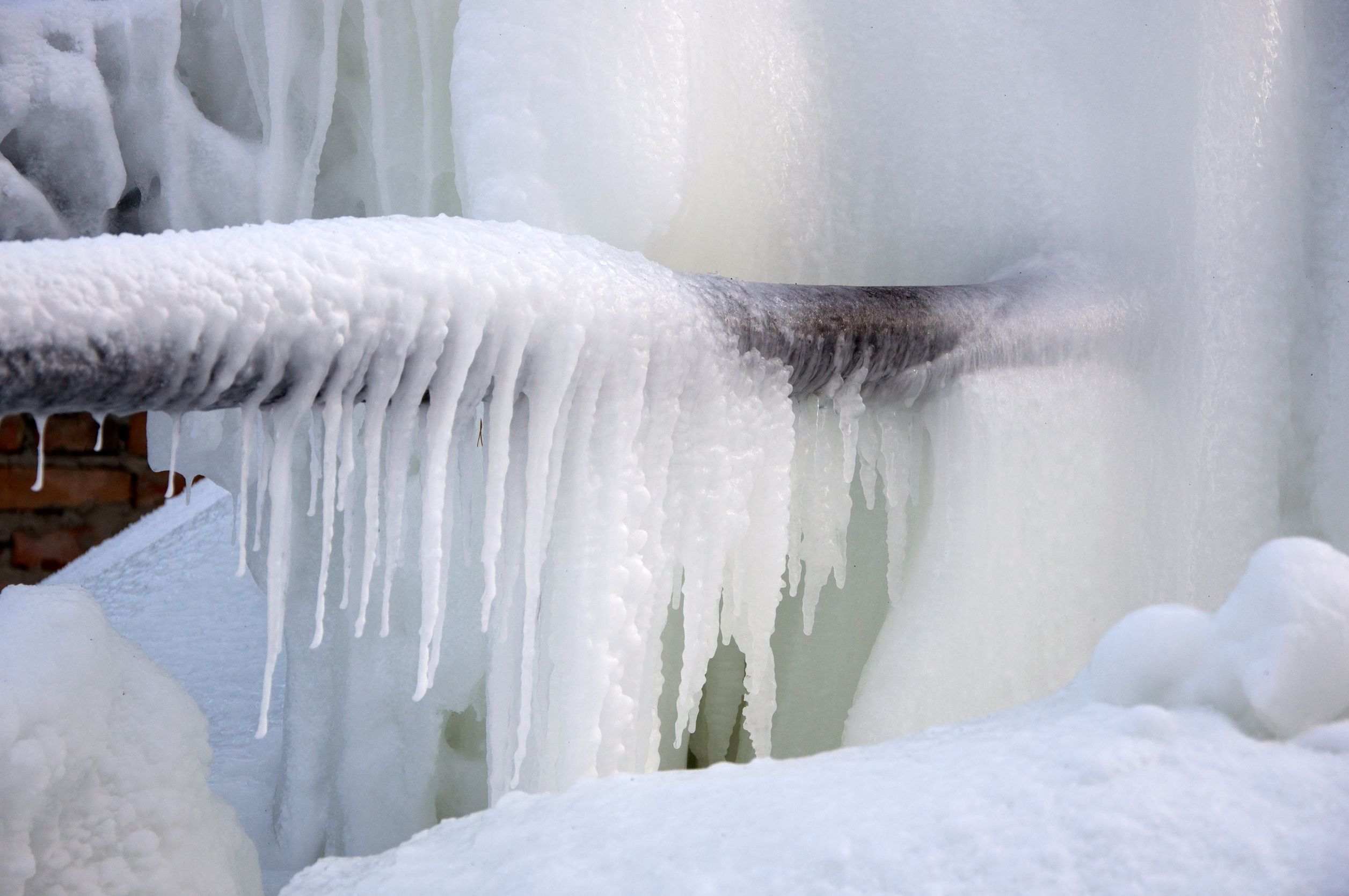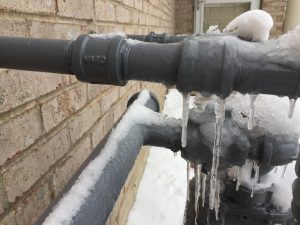Tips to Safeguard Your Pipes from Cold Weather: Specialist Advice
Tips to Safeguard Your Pipes from Cold Weather: Specialist Advice
Blog Article
The content following next relating to How to prepare your home plumbing for winter weather is quite interesting. You should investigate for yourself.

Winter can ruin your pipes, specifically by freezing pipelines. Below's just how to avoid it from taking place and what to do if it does.
Introduction
As temperature levels decrease, the danger of frozen pipelines increases, possibly causing costly fixings and water damage. Understanding exactly how to prevent frozen pipes is critical for house owners in cold environments.
Comprehending Frozen Pipelines
What triggers pipelines to freeze?
Pipes ice up when subjected to temperatures listed below 32 ° F (0 ° C) for prolonged durations. As water inside the pipelines ices up, it broadens, putting pressure on the pipe walls and possibly creating them to rupture.
Dangers and problems
Frozen pipes can lead to water system interruptions, residential property damage, and pricey repair work. Ruptured pipes can flood homes and trigger considerable structural damage.
Indicators of Frozen Water Lines
Identifying icy pipes early can prevent them from breaking.
Exactly how to identify icy pipelines
Search for lowered water flow from faucets, unusual odors or sounds from pipelines, and visible frost on exposed pipes.
Avoidance Tips
Insulating at risk pipelines
Wrap pipes in insulation sleeves or make use of warm tape to safeguard them from freezing temperatures. Focus on pipes in unheated or external areas of the home.
Heating strategies
Keep indoor spaces sufficiently warmed, particularly areas with plumbing. Open up cupboard doors to permit cozy air to circulate around pipelines under sinks.
Protecting Outdoor Plumbing
Garden hose pipes and outdoor faucets
Separate and drain pipes garden tubes before winter. Mount frost-proof faucets or cover exterior faucets with shielded caps.
What to Do If Your Pipelines Freeze
Immediate actions to take
If you think icy pipes, keep taps open up to soothe pressure as the ice thaws. Utilize a hairdryer or towels taken in warm water to thaw pipelines gradually.
Long-Term Solutions
Structural modifications
Take into consideration rerouting pipelines away from outside wall surfaces or unheated areas. Include additional insulation to attics, basements, and crawl spaces.
Upgrading insulation
Buy premium insulation for pipelines, attics, and walls. Proper insulation aids maintain consistent temperatures and reduces the threat of frozen pipes.
Verdict
Protecting against frozen pipelines needs aggressive steps and quick feedbacks. By recognizing the causes, signs, and preventive measures, home owners can safeguard their plumbing during winter.
6 Proven Ways to Prevent Frozen Pipes and Protect Your Home
Disconnect and Drain Garden Hoses
Before winter arrives, start by disconnecting your garden hoses and draining any remaining water. Close the shut-off valves that supply outdoor hose bibs and leave the outdoor faucet open to allow any residual water to drain. For extra protection, consider using faucet covers throughout the colder months. It’s also important to drain water from any sprinkler supply lines following the manufacturer’s directions.
Insulate Exposed Pipes
Insulating your pipes is an effective way to prevent freezing. Pipe insulation is readily available at home improvement stores and is relatively inexpensive. Pay close attention to pipes in unheated areas such as the attic, basement, crawl spaces, or garage. Apply foam insulation generously to create a buffer against the cold. You can also wrap your pipes in heat tape or thermostat-controlled heat cables for added warmth.
Seal Air Leaks
Inspect your home for any cracks or openings that could let in cold air. Seal any holes around the piping in interior or exterior walls, as well as the sill plates where your home rests on its foundation. Additionally, make sure to keep your garage door closed unless you’re entering or exiting. Leaving it open creates a significant air leak that can lead to frozen pipes.
Allow Warm Air Circulation
During cold snaps, it’s essential to allow warm air to circulate evenly throughout your home. Leave interior doors ajar to promote better airflow. Open kitchen and bathroom cabinets to help distribute heat consistently around the rooms. If you have small children or pets, be sure to remove any household chemicals or potentially harmful cleaners from open cabinets for safety.
Let Faucets Drip
A small trickle of water can make a big difference in preventing ice formation inside your pipes. When temperatures drop significantly, start a drip of water from all faucets served by exposed pipes. This continuous flow helps prevent the water from freezing. Additionally, running a few faucets slightly can relieve pressure inside the pipes, reducing the chances of a rupture if the water inside does freeze.
https://choateshvac.com/6-proven-ways-to-prevent-frozen-pipes-and-protect-your-home/

Do you enjoy more info about Helpful Tips to Prevent Frozen Pipes this Winter? Create a review down below. We would be happy to listen to your feelings about this blog post. We hope that you come back again later on. So long as you enjoyed our blog posting plz don't forget to share it. I am grateful for being here. Don't forget to pay a visit to our blog back soon.
Or Book Technician Here Report this page